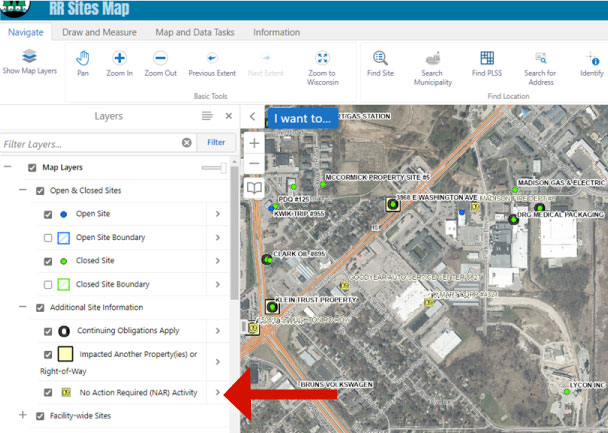The Wisconsin Department of Natural Resources (DNR) is now accepting applications for the Wisconsin Assessment Monies (WAM) program. The WAM program provides services and funding to investigate brownfields sites where potential or known contamination is acting as an impediment to redevelopment. Since 2010, the U.S. EPA has awarded the DNR and its partners $5.3 million in brownfield assessment grant funding. The DNR uses the funding to aid local governments and others in investigating brownfield properties throughout the state.
Eligible assessment activities through WAM include:
- Phase I Environmental Site Assessments (All Appropriate Inquiries/AAI)
- Phase II Environmental Site Assessments
- NR 716 Site Investigations
- Remedial action planning
Two types of awards are available through WAM:
WAM Community Managed Awards: Subgrants of up to $75,000 each are available to communities to assess a brownfield property. The award recipient selects a qualified environmental professional and manages all aspects of the project.
WAM Contractor Services Awards: Award recipients receive assessment services performed by the DNR’s environmental contractors. The DNR manages the project and oversees the contractors.
Eligible applicants include local governments and tribal entities. Private entities may also apply for contractor services awards.
Eligible properties must meet the federal definition of a brownfield, “A brownfield is a real property, the expansion, redevelopment, or reuse of which may be complicated by the presence or potential presence of a hazardous substance, pollutant, or contaminant.”
Applications are accepted on a rolling basis until funds are expended. For more information about the application, process, materials needed, and model documents visit the RR Program’s WAM webpage or email Gena Larson at Gena.Larson@wisconsin.gov.

